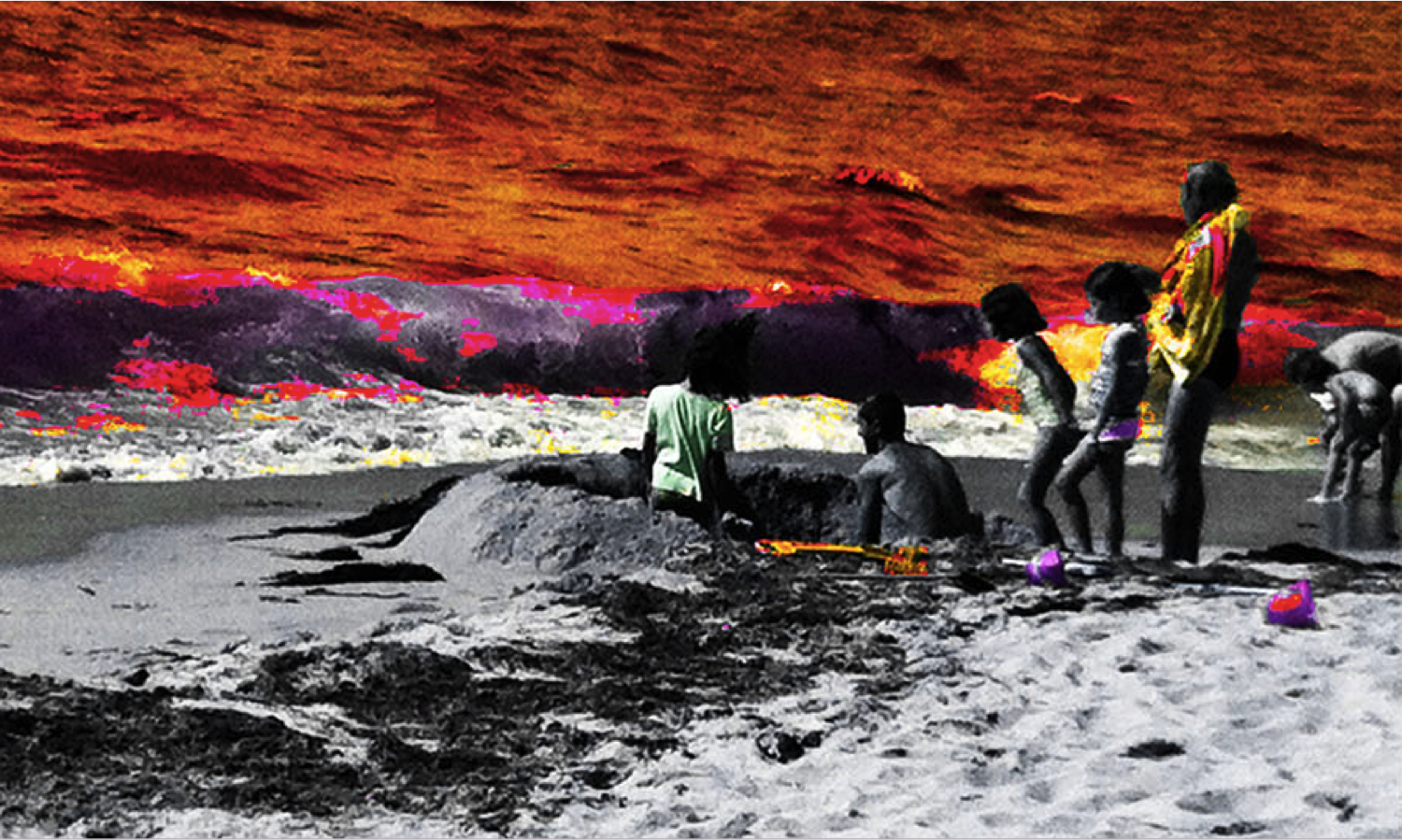Abstract
On the top floor of La Bourse de commerce de Paris, transformed into an exhibition space for the Pinault collections by the minimalist architectural genius of Tadao Andō in May 2021, the paintings of Kerry James Marshall sing the beauty of black. More precisely, they celebrate the simple, “pop” and “hot” beauty of black people busy with the tasks of daily life or enjoying the little joys of our leisure civilization. After more than a century of violent struggles, from the emancipation of slaves in 1865 to the Black Lives Matter movement, including the actions of the Black Panther Party and the election of Barack Obama to the White House in 2008, black people are become a color. A color in its own right. How did Ralf Ellison's Invisible Man (1952), which K.J. Marshall portrayed in a grimacing black mask on a black background in 1980, and whose hollow silhouette Elizabeth Catlett sculpted in the Ellison memorial in Riverside Park (New York, 2003)? Did he find his “incarnate”? How did black (from the chaos of biblical darkness to the absence of Newton's color wheel, including the dungeon of the slave trade, "human zoos" or the American taboo of the unpronounceable "nigger") become one color like any other? No longer the color of the devil or his thousand avatars, but a kind and desirable color? The embodiment of a Black America with warm, luminous, energetic, heady and "pop" tones, which seems eager to wear the colors of a generous universalism, no longer monochrome or "monotonotheistic", but polychrome and polytheistic in a world -patchwork? It is these questions that I will try to answer by confronting in mirror two great epochal, territorial and antithetical figures of black: the sublime cold of Malevich's Russian Black Square where the temptation of an apophatic or nihilistic iconoclasm shines through, and the beauty pop and warmth of the African-American figures of Kerry Jammes Marshall where the powerful and shiny, playful and tragic beyond-blacks of Caravaggio, Manet, Renoir and Soulages shimmer.
References
ELLISON, Ralph. Invisible Man. New York : Random House, 1952
KENNEDY, Randall. Nigger: The Strange Career of a Troublesome. New York: Panthéon Books, 2002.
LEVI-STRAUSS, Claude. Tristes Tropiques. Paris : éd. Plon, 1955.
MAFFESOLI, Michel. Le temps des tribus. Paris : Éd. La table ronde, 1988.
MALEVITCH, Kazimir. De Cézanne au Suprématisme. Lausanne : Editions L'age D'homme, 1993.
MALEVITCH, Kazimir. Ecrits, tm. 1. Paris : Editions Allia, 2015.
ROLLAND-DIAMOND, Caroline. Black America, une histoire des luttes pour l’égalité et la justice (XIX-XXIe siècle). éd. La Découverte, 2016.
ROUGE, Bertrand. Pourquoi les crânes rient. Figures de l’art, Pau, n. XXXVII, 2019, p. 235-259.

